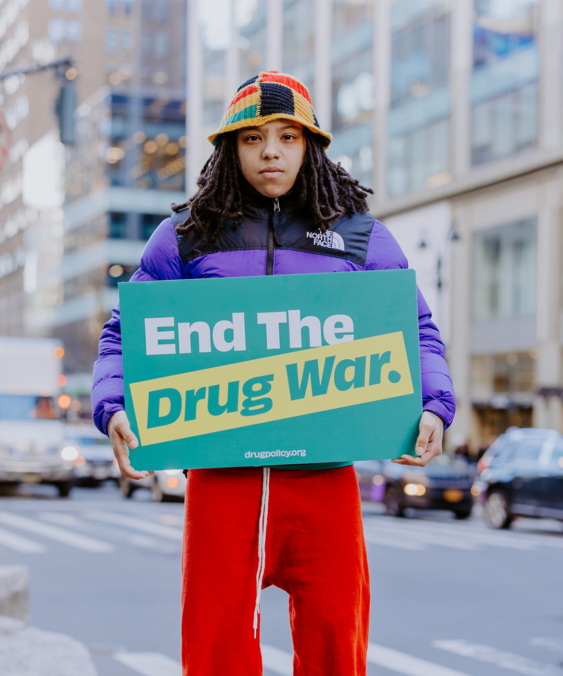
Tony Newman at 212-613-8026 or Tommy McDonald at 212-613-8036
New York – A year after partial reform of New York’s draconian Rockefeller Drug Laws, a new report released on December 14 by The Legal Aid Society finds hundreds eligible for early release under the new provisions remain behind bars. Only 30 percent of A-1 felons who qualify for re-sentencing have been released under the new guidelines, the report shows.
The report, One Year Later: New York’s Experience with Drug Law Reform, found that while New York’s Drug Law Reform Act of 2004 (DLRA) lowered some drug sentences, it fell short of allowing most people serving under the more punitive sentences to apply for shorter terms and did not increase the power of judges to place addicts into treatment programs. Additionally, reform is slowed by some district attorneys who often fight re-sentencing by asking for high sentences for offenders, the report found.
According to the Department of Correctional Services, more than half, or 270 or the 473 people serving A-1 felony sentences, have been re-sentenced. Of those 270 people, only 142 – 30 percent of those eligible for re-sentencing – have actually been released from prison.
“Despite the rhetoric about reform, even the partial changes that happened a year ago have not been fully realized. Close to 70 percent the people who were expected to be released remain behind bars,” said William Gibney, senior attorney with the Legal Aid Society and author of the report. “We need to put pressure on the DA’s and the politicians to fully implement the first round or reforms and join us in the ongoing fight to create further reform of Rockefeller drug laws – the most destructive and punitive drug laws in the nation.”
While DA’s have been the most resistant to real reform, two DA candidates in Albany and in Tompkins County recently ran and won on platforms that included reforming the Rockefeller Drug laws. Recent polls have shown that over 83 percent of New York residents said they think the Rockefeller Drug Laws should be repealed.
The DLRA increased good time allowances for prisoners serving drug sentences and it expanded eligibility for prison-based drug treatment. However, it did not provide more money to increase the availability of drug treatment.
Additionally, the DLRA did not address the issue of B level felonies – the most frequently charged offense. B level drug sales are defined as any sale of a narcotic drug, regardless of the quantity involved. B-level felonies compose approximately one-third of new drug commitments to state prison each year.
“While the DLRA was a much-needed first step, it did not scratch the surface as far as achieving real reform of the nation’s most draconian drug laws,” said Gabriel Sayegh, policy analyst with the Drug Policy Alliance. “Because of the thousands of people still languishing in jail without access to treatment despite reform, there is plenty of work to be done to eradicate the life-shattering legacy of Rockefeller drug laws.”
The report recommends the following next steps toward achieving real reform:
Judicial Discretion in Drug Sentencing – Central to the debate is the issue of who should decide the sentence: the prosecutor or the judge. Under the Rockefeller Laws and continuing with the DLRA, the sentencing judge has very little independent authority to place a drug offender into treatment. That is currently decided by the prosecutor.
Increased Funding for Treatment – Increased treatment capability is a proven, cost-effective way to reduce drug abuse. There will be only increased numbers of people vying for a limited number of treatment slots. The report calls for the state legislature to make increased funding for treatment a legislative priority.
B Felony Drug Sentencing Reform – The majority of people in prison under Rockefeller drug laws are there because of B-level felonies. Establishing a quantity requirement for the B level sale of a narcotic drug, as is the case for other drugs, would have the valuable effect of removing many of the lowest level street sales from the category of B felonies. Sale of a small quantity of narcotics, e.g. two grams, should become a C felony, the report said.

Notifications